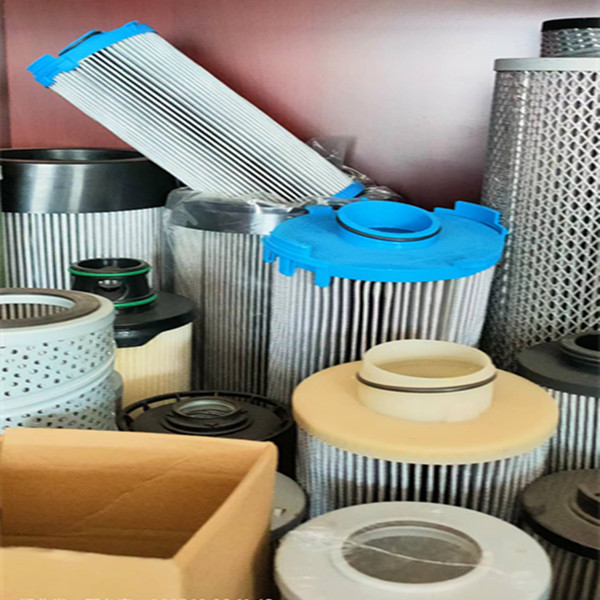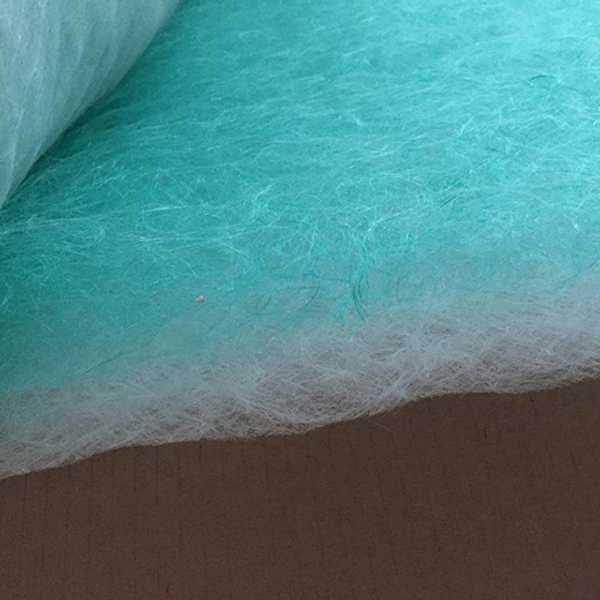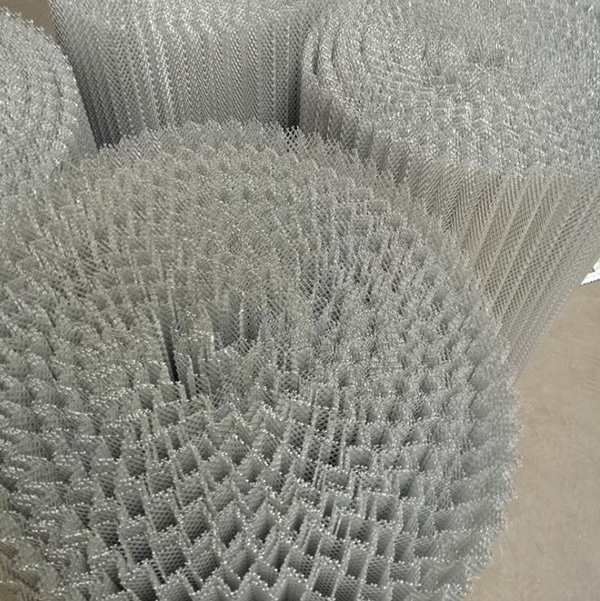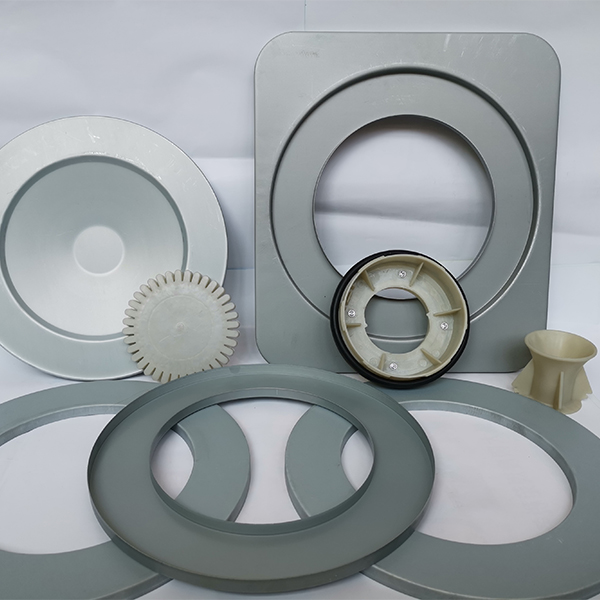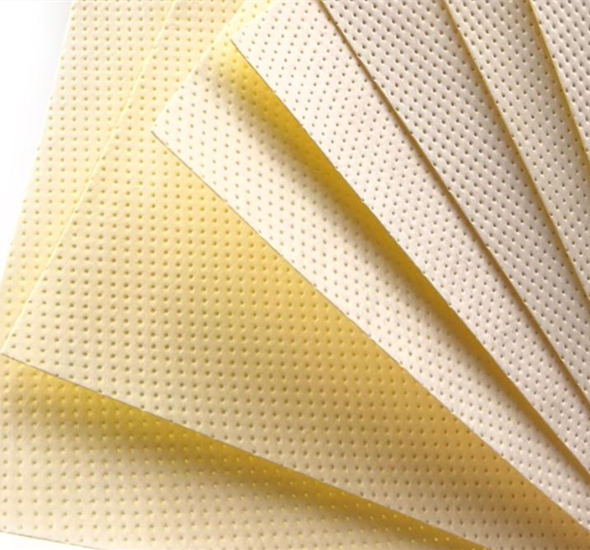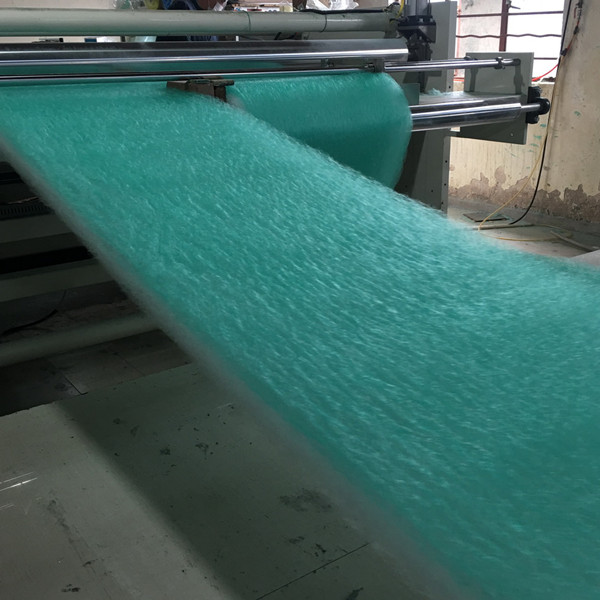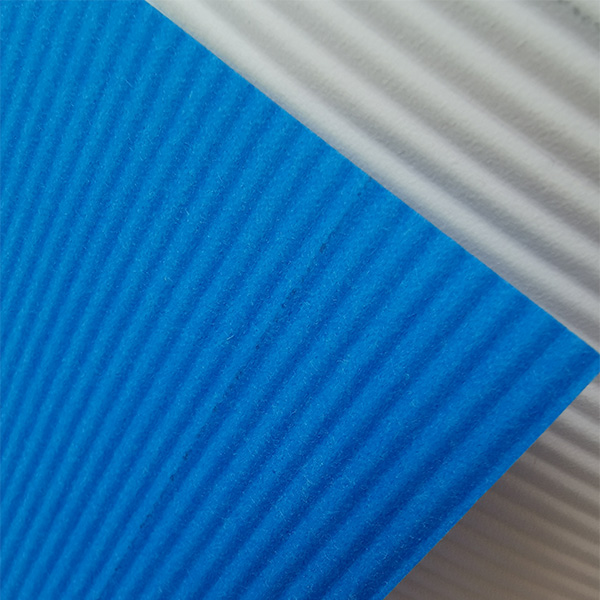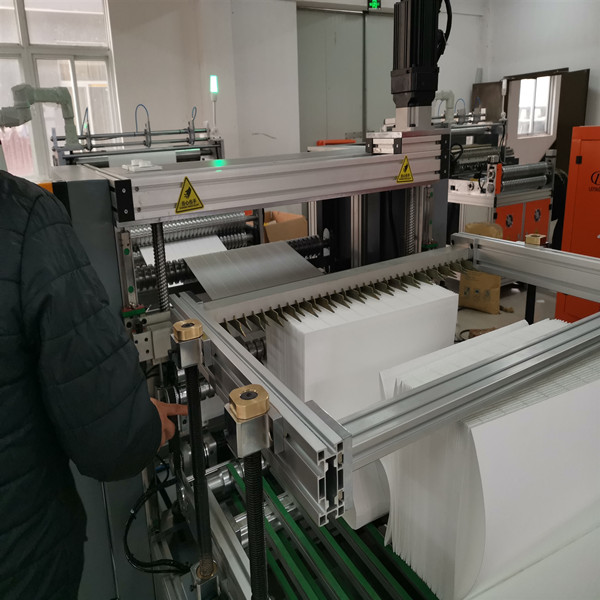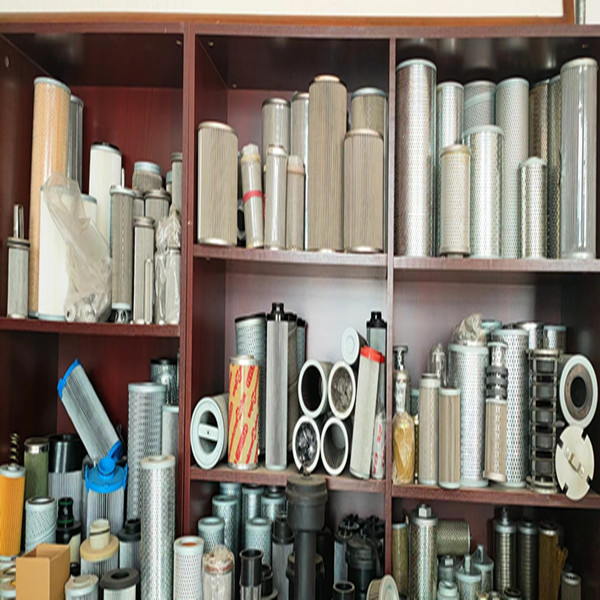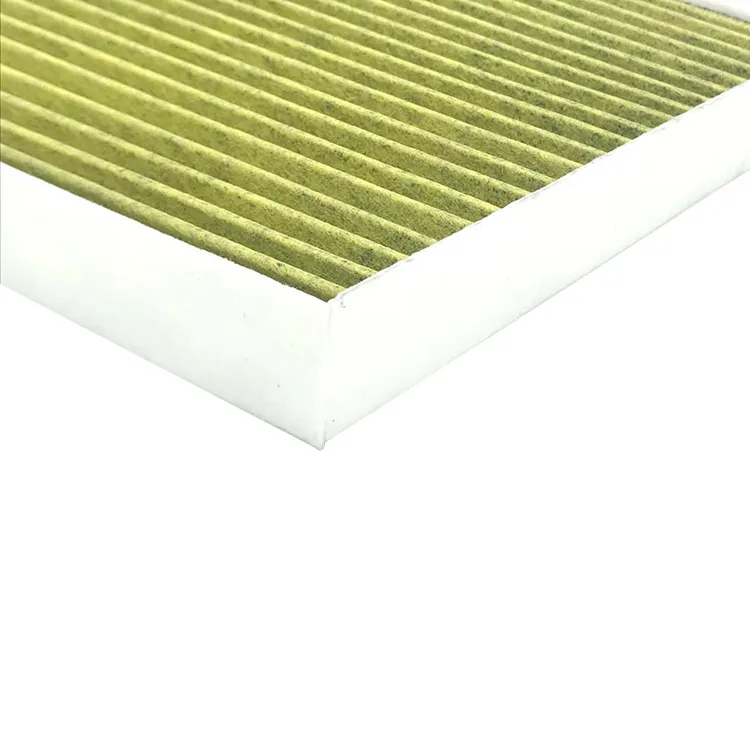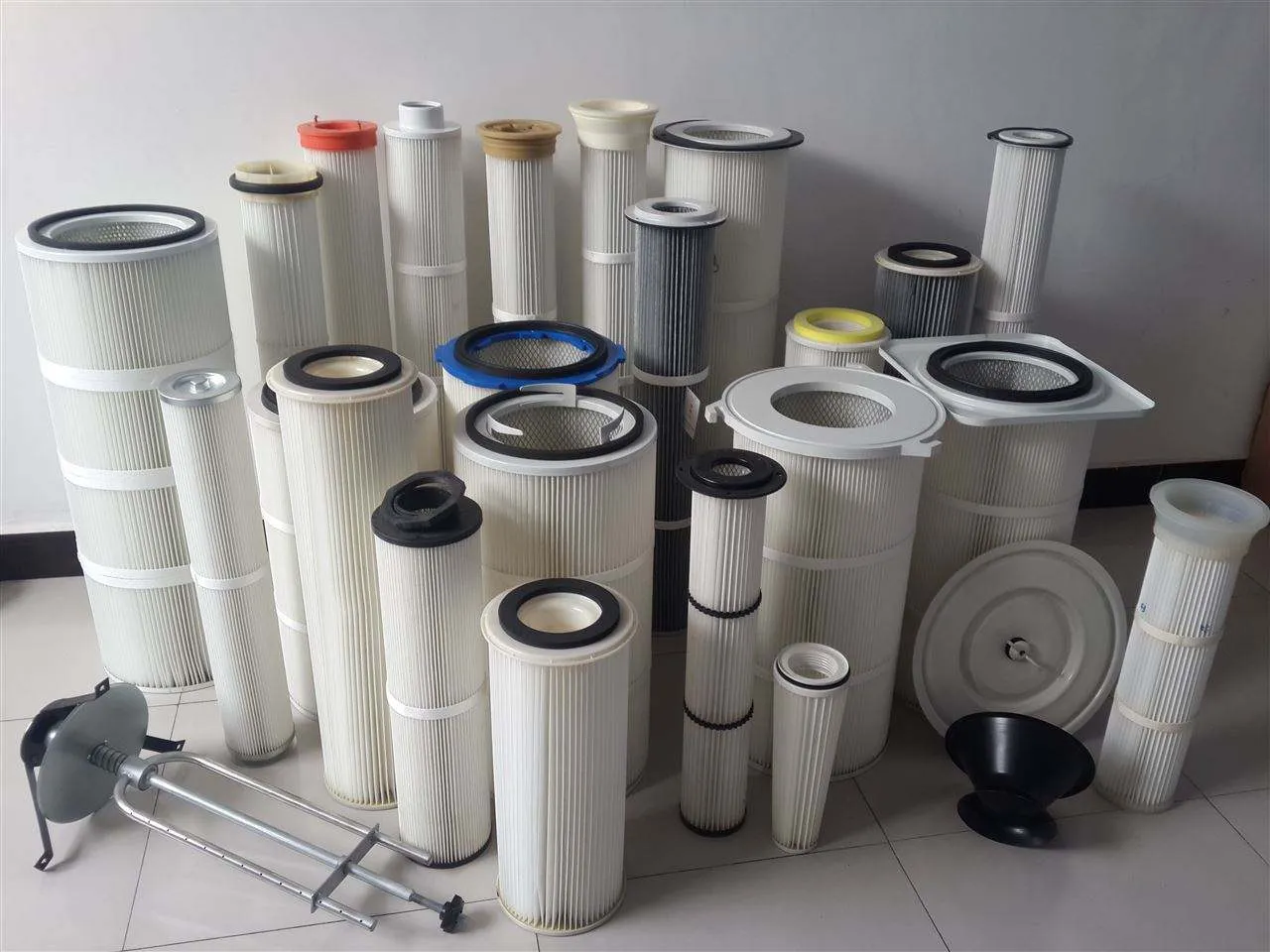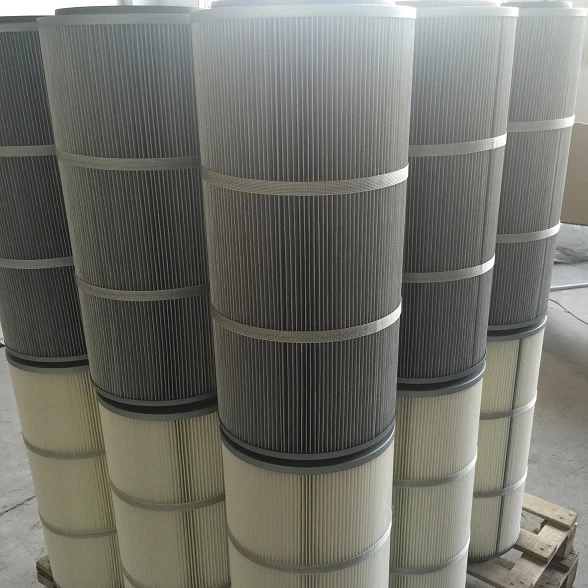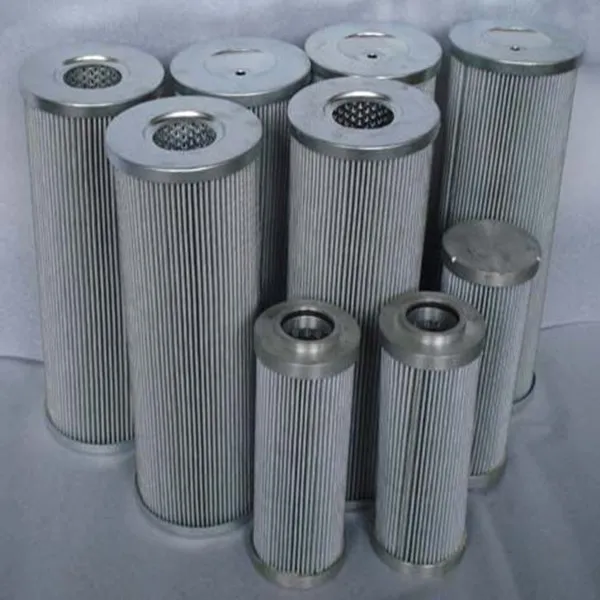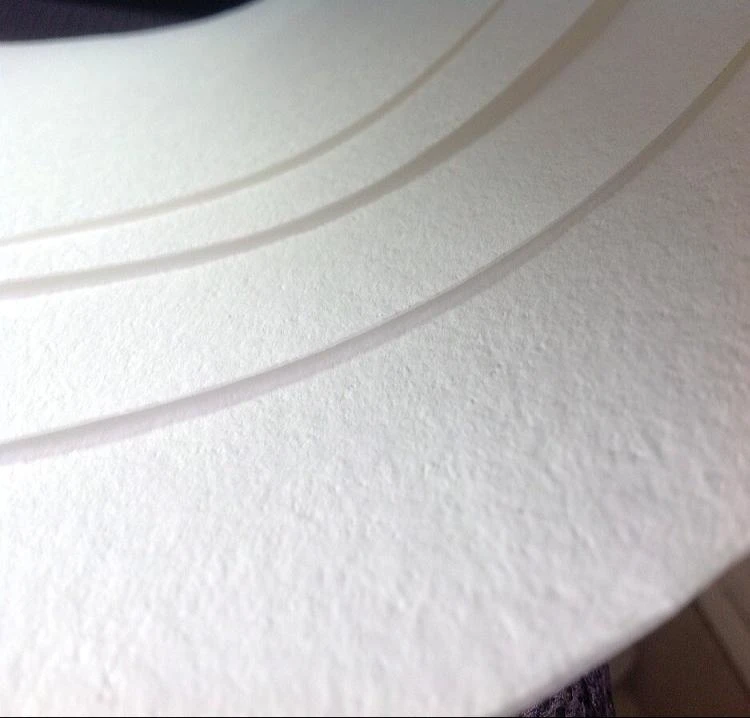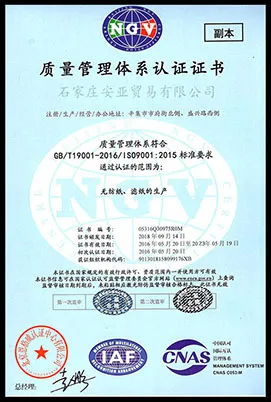
(hvac media filter housing)
The Critical Role of HVAC Media Filter Housing in Modern Systems
- The essential functions of HVAC media filter housings
- Technical advantages driving performance gains
- Detailed cost analysis: Initial investment vs operational savings
- Leading manufacturer comparison with key metrics
- Custom solutions for specialized applications
- Documented case studies showing real-world impact
- Strategies for upgrading your filtration approach
The Core Functions in Air Management Systems
HVAC media filter housings form the structural foundation of commercial and industrial air filtration systems. These engineered enclosures hold pleated media filters that capture airborne contaminants ranging from pollen to microscopic particles under 1 micron. Unlike disposable fiberglass panels, rigid housing units enable installation of deep-pleated filters with MERV 11-16 ratings, trapping up to 98.6% of airborne particulates according to EPA standards.
Properly engineered housing provides critical sealing technology that prevents air bypass – a common failure point in standard filter racks that degrades efficiency. Testing shows that bypass leakage as low as 5% reduces filtration effectiveness by up to 52%. The structural integrity of commercial-grade filter cabinets also enables higher static pressure management, with robust units supporting pressures exceeding 1.5 inches w.g., essential for large ductwork systems.
Engineering Innovations Driving Performance
Premium manufacturers now integrate computational fluid dynamics (CFD) modeling in housing design, creating streamlined airflow paths that reduce resistance by 34% compared to traditional square-edged cabinets. This pressure drop reduction directly translates to energy savings, with facility managers reporting 9-12% lower fan energy consumption after upgrading housings. Advanced models incorporate gasket-free magnetic sealing systems that maintain zero-gap performance through temperature fluctuations.
Material science advancements include aluminum extrusion frames with internal polymer dampeners that reduce vibration transmission by up to 80%. This prevents premature filter media degradation in high-velocity systems. Corrosion-resistant stainless steel versions now withstand harsh environments like pharmaceutical cleanrooms or coastal facilities, providing 20+ year service life. These innovations extend filter change cycles while maintaining consistent particle capture efficiency across the operational lifespan.
Cost Analysis and Operational Economics
When evaluating HVAC filter housing costs, professionals consider both capital expenditure and total lifecycle value. Commercial-grade units range from $380 for basic wall-mounted cabinets to $2,800+ for large custom housings with monitoring ports. This initial investment typically provides ROI within 14-22 months through three primary savings channels:
First, high-capacity pleated media filters last 6-12 months versus 1-3 months for disposable alternatives, reducing labor costs by 45-65% annually. Second, low-pressure drop designs decrease energy consumption, with documented savings of $23 per cfm sustained over time. Third, particle capture efficiency reduces coil fouling, cutting maintenance frequency on heat exchangers by up to 40%. Facilities tracking operational metrics report total HVAC maintenance savings averaging 18% after installing professional-grade filter housing systems.
Leading Manufacturer Comparison
| Manufacturer | Durability Rating | Max CFM Capacity | Pressure Drop (in w.g.) | Warranty (Years) | Cost Range |
|---|---|---|---|---|---|
| AprilAire Pro | 9.7/10 | 2,200 | 0.19 | Lifetime | $425 - $1,150 |
| Honeywell FC Series | 8.9/10 | 1,800 | 0.27 | 15 | $380 - $980 |
| Carrier Corr-Shield | 9.2/10 | 2,600 | 0.22 | 10 | $520 - $1,400 |
| DynaFil Premier | 9.5/10 | 2,900 | 0.18 | 25 | $610 - $1,850 |
The DynaFil Premier series leads in airflow capacity and efficiency metrics, though AprilAire offers strongest longevity assurance. Carrier's corrosion-resistant models dominate coastal installations, while Honeywell provides balanced value for mid-range commercial applications. Static pressure differential remains the most critical comparative metric – every 0.1" reduction saves approximately 9% on fan energy.
Custom Solutions for Specialized Environments
Standard filter housings meet most commercial needs, but specialized applications require engineered solutions. Food processing facilities implementing ISO 22000 standards need stainless steel housings with continuous-weld seams to eliminate contamination points. These custom units feature sloped drainage pans and quick-disconnect mechanisms supporting weekly sanitation protocols without disassembly. Testing confirms they maintain filter integrity through 500+ sanitation cycles.
Healthcare applications demand housing retrofits for existing HVAC spaces, with custom dimensions fitting within 28-inch mechanical room pathways. Negative pressure isolation units incorporate double-gasketed access doors with pressure interlocks – critical containment technology preventing airborne pathogen transmission. These medical-grade housings carry UL 900 certification and pass independent third-party penetration testing at 99.995% efficiency for 0.3 micron particles.
Documented Performance Improvements
St. Vincent's Medical Center documented tangible outcomes after upgrading to custom media filter housings in their surgical wing HVAC systems. The retrofit reduced particle counts (0.5-5μm) by 87% in operating theaters, exceeding ISO Class 5 cleanroom standards. The engineering department calculated $28,400 annual savings from extended filter life and reduced system static pressure. More critically, surgical site infection rates dropped 41% within twelve months post-installation.
In manufacturing, Tennessee Plastics eliminated production downtime caused by particulate contamination after installing industrial-grade filter housing with MERV 14 media. Their injection molding facility reduced compressed air filter changes from monthly to quarterly, saving $19,000 annually in maintenance labor and production pauses. Product rejection rates due to embedded particles decreased by 73%, directly improving profitability.
Optimizing Your HVAC Media Filter Housing Strategy
Successful upgrades begin with three critical assessments: First, measure existing duct static pressure and calculate potential fan energy savings from low-resistance housing. Second, conduct particle counts to determine required MERV ratings – higher isn't always better as increased filtration creates airflow tradeoffs. Third, analyze filter change frequency and labor costs; facilities with hard-to-access units benefit most from extended-life solutions.
Top-performing installations all share three characteristics: professional load calculations preventing undersizing, integrated pressure gauges enabling proactive maintenance, and gasketless sealing systems maintaining integrity during thermal cycling. As filtration technology evolves, media filter housings remain the cornerstone of efficient HVAC operation – providing both immediate air quality improvements and compounding returns through reduced energy and maintenance expenses over decades of service.
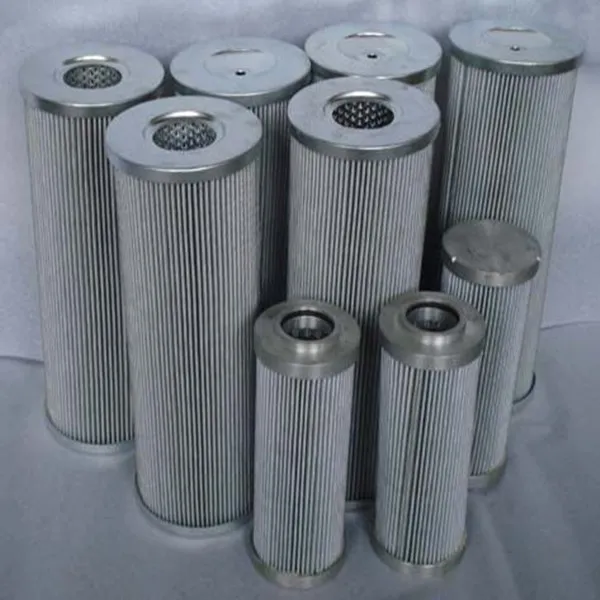
(hvac media filter housing)
FAQS on hvac media filter housing
Q: What is an HVAC media filter housing?
A: An HVAC media filter housing is a component designed to hold pleated or panel-style filter media within an HVAC system. It ensures proper airflow while trapping dust, allergens, and debris. The housing is typically durable and compatible with various filter media types.
Q: How much does a media filter for HVAC systems cost?
A: The cost of an HVAC media filter varies between $20 to $100+ depending on size, MERV rating, and material. Installation or housing replacement may add $50 to $300+ for labor and parts. Higher-efficiency filters (e.g., MERV 13) typically cost more upfront.
Q: What are the benefits of using HVAC filter media over standard filters?
A: HVAC filter media offers superior air filtration with higher MERV ratings, capturing smaller particles like pollen and mold. They also have a larger surface area, extending lifespan and reducing replacement frequency. This improves indoor air quality and system efficiency.
Q: How often should HVAC media filter housing be inspected or maintained?
A: Inspect the housing every 1-3 months for cracks, leaks, or debris buildup. Clean reusable housings during filter replacements to prevent airflow blockages. Damaged housings should be replaced immediately to avoid system strain.
Q: Can I replace HVAC filter media without changing the housing?
A: Yes, most HVAC media filters are designed to slide in and out of the housing for easy replacement. Ensure the new media matches the housing dimensions and airflow requirements. Regular media swaps protect the housing from wear and tear.
Post time: 6월-02-2025

